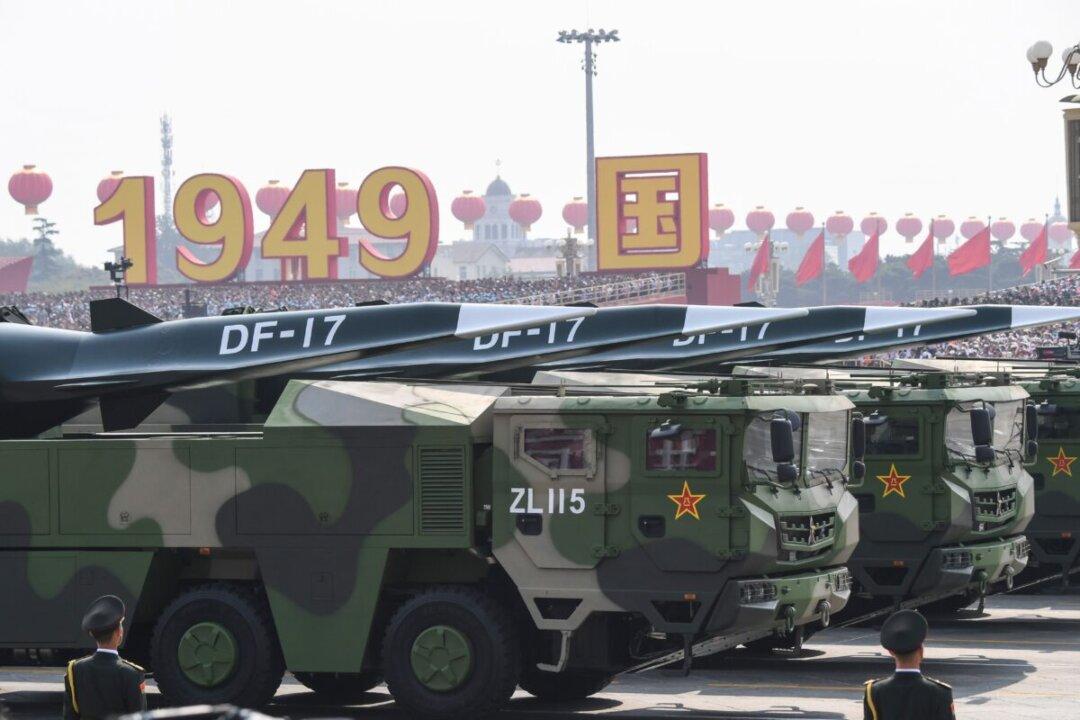Commentary
China seems to spend less on military spending, compared to the United States. But Beijing manipulates the numbers to make China appear more peaceful, and its behavior suggests that Washington should still be concerned.

China seems to spend less on military spending, compared to the United States. But Beijing manipulates the numbers to make China appear more peaceful, and its behavior suggests that Washington should still be concerned.